A radiographer who wanted her youngest daughter to have toys she could identify with has launched a unique range of inclusive dolls, designed for disabled children around the world.
Clare Tawell was heartbroken when her youngest daughter, Matilda, was diagnosed with severe bilateral hearing loss at six weeks old. This means she is deaf in both ears. Matilda felt sad when she started playing with dollies alongside her sister, Evelyn, but none were truly like her.
After searching high and low for a doll with a hearing aide, in November 2017, the mom decided to make Matilda a doll complete with hearing aids to match her own.

When she and her husband, Miles, saw their little girl's delight, Clare felt inspired to launch an entire line of inclusive dolls called Bright Ears UK, featuring everything from feeding tubes to cleft lips and stoma bags.
“When I couldn't find any dolls that came with hearing aids, I felt really deflated. To me, it was like society was saying Matilda wasn't important enough to be recognized," she said.

“Now I want to empower children and give them the confidence that comes with seeing themselves represented," Clare added.
Born at Milton Keynes University Hospital on February 15, 2016, Matilda seemed perfectly healthy. Only for a routine newborn screening test to identify a problem with her hearing.
“When Matilda first failed her hearing test, doctors thought it was just because of fluid in her ears after the c section delivery," explained Clare.

Sadly, a second hearing test confirmed that the baby was deaf in both ears.
“It was a real shock," said Clare. “Because Evelyn had been born without any hearing problems, I assumed Matilda would be fine, too."
“It turned out that it had been caused by a genetic mutation that Miles and I had no idea we both carried. When I found out, so many fears were running through my head. Fears about what life would be like for her and whether people would treat her differently."
Matilda was fitted with a pair of pink, glittery hearing aids, her so-called “magic ears," which she has used ever since.
Remarkably, the resilient tot defied all expectations as she grew older and her speech has been mostly unaffected by her deafness.
Meanwhile, her supportive family learned sign-language to make communicating with her easier, with Clare even currently studying for an official qualification in it.

“The older she got, the clearer it became that she wasn't going to let anything hold her back," said Clare.
“There were things we had to learn to adjust to with Matilda that we hadn't faced with Evelyn. For example, it'd take much more reassurance to get her to go to sleep at night."
“Because she'd take her hearing aids out, the world would go silent for her, so we'd have to stay with her and let her know we were still there."

“Still, she is an amazing child – so feisty and independent. She comforts me and gives me strength."
And as Matilda and Evelyn began to forge a close sibling bond Clare had a bright idea.
“Matilda would play with Evelyn's dolls a lot and I eventually thought I should get her one of her own," she said.

“I wanted one which had hearing aids. None of the cartoons she watched or toys she played with represented disability, so I thought, 'How cool would it be to change that and give her a doll that looks like her?'" Clare said.
After trying and failing to find anything on the market to fit the bill, Clare decided to take matters into her own hands, by making one.
So, she then created a glittery pink hearing aid, to match Matilda's – out of polymer plastic.
“I'm not a crafty person at all – I have no design background – so it took three attempts to get right," she said.
“When I finally did give it to Matilda though, she loved it. She was giggling away and jumping up and down. She was just over 18 months old then, so still tiny, but she pointed to the hearing aid on the doll and then to her own, as if to say, 'That looks like me.'"
“I bawled my eyes out. It makes me emotional just thinking about it."

Proud of her work, Clare shared her finished product with a group of moms she had befriended through the National Deaf Children's Society, all of whom wanted one for their own little ones.
At first, she made the dolls for free, as a favor, but as word of them spread she started receiving messages from people she had never met.
By January 2018, she was attracting so much attention that she decided to set up an Etsy shop.

Since then, she has sold almost 2,000 dolls to families worldwide, as far away as Australia and the USA.
Pricing them between $32 and $40 means she merely covers her costs and does not make a profit.
“I never want money to be an obstacle for parents. I'm not doing this to make money – I'm doing it because I know what it's like to be them and to feel as if society is ignoring your child," she said.

Clare, who also sells dolls with feeding tubes, stoma bags and cleft lips, says interest has not been solely restricted to fellow moms.
“It's not just parents of poorly or disabled children buying them," she said.
“I've had hospitals and schools want to use them to help explain certain illnesses, or even parents wanting to use them to teach their children about their own condition and help them to understand it."
Making the creations at home, Clare does not have any high-tech equipment or slick manufacturers helping her, so buys ready made dolls and fashions the accessories from plastic.
And, being classed as toys, means they have to pass stringent safety checks, to ensure that they are suitable for young children.
“I've definitely improved since the first doll I made for Matilda," said Clare.
“She still has that one, along with several other reimagining that I've made along the way. All of them have pink, glittery hearing aids – her favorite color. She calls them all Tilly, which is her nickname."

Keen to encourage better representation of disability in society, Clare also hopes her story will reassure parents dealing with a life-changing diagnosis that their children need not be held back.
“I have always been Matilda's biggest cheerleader. I never tell her that she can't do something because of her hearing aids. Sometimes, we just have to find a different way," she said.
“Inevitably, people will pick on her as she gets older. That's sadly just human nature. But I hope I can build her confidence enough so that nasty comments don't dent her."

“Having a disabled or ill child puts you on a different life path to the one you thought you'd tread. For a long time, I was very angry with the world for making my daughter deaf," Clare concluded.
“But through making these dolls, I have been able to accept our lives. They've helped me heal and helped me to make friends with the label 'deaf.'"
“Now, I want other children to feel that same comfort and boost to their self-esteem and to know that somebody out there does care and does think they are worthy of representation."






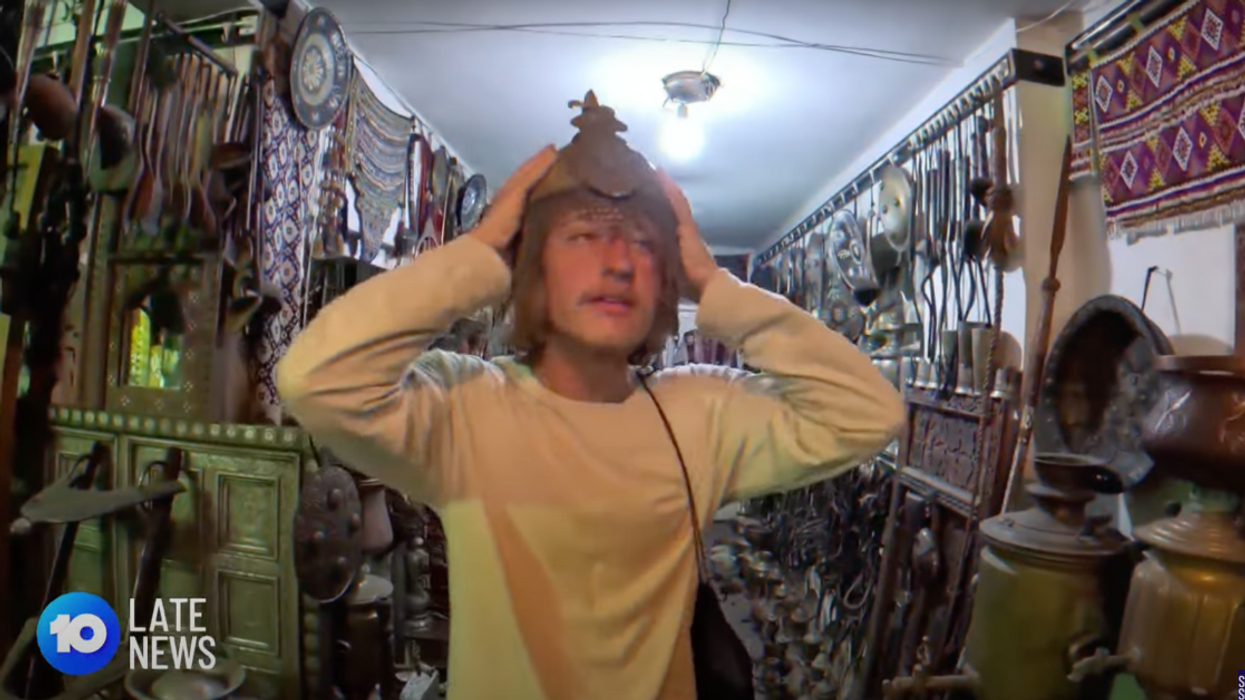

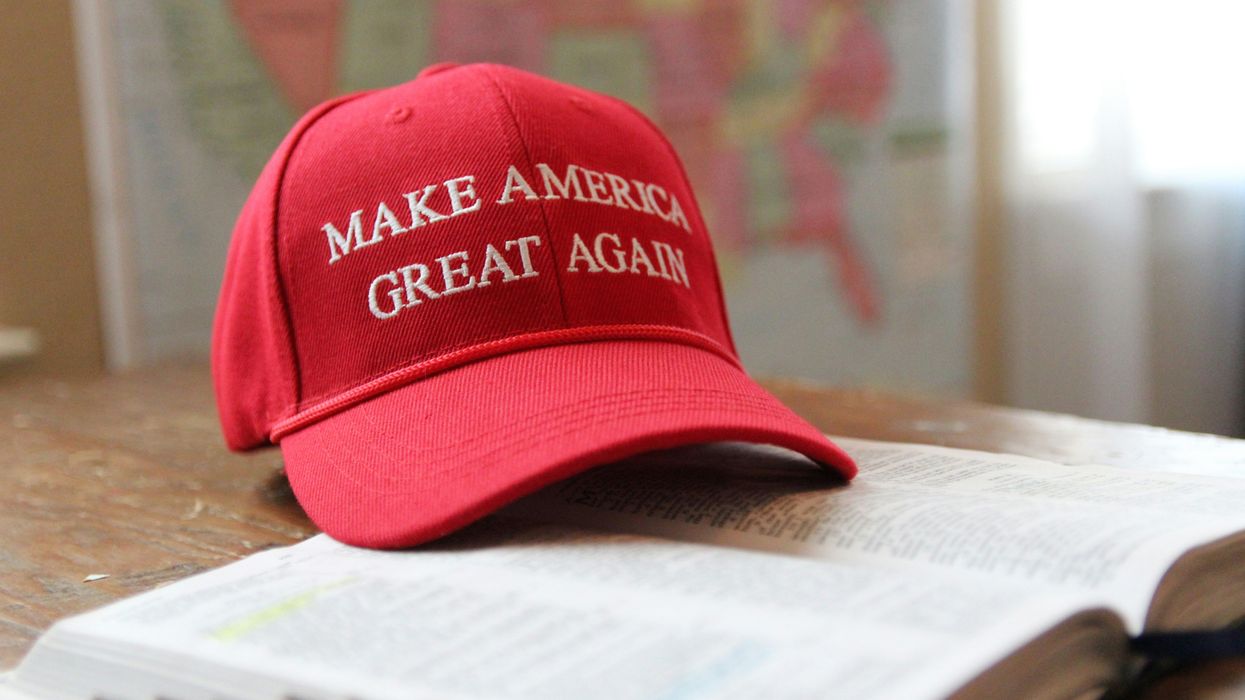

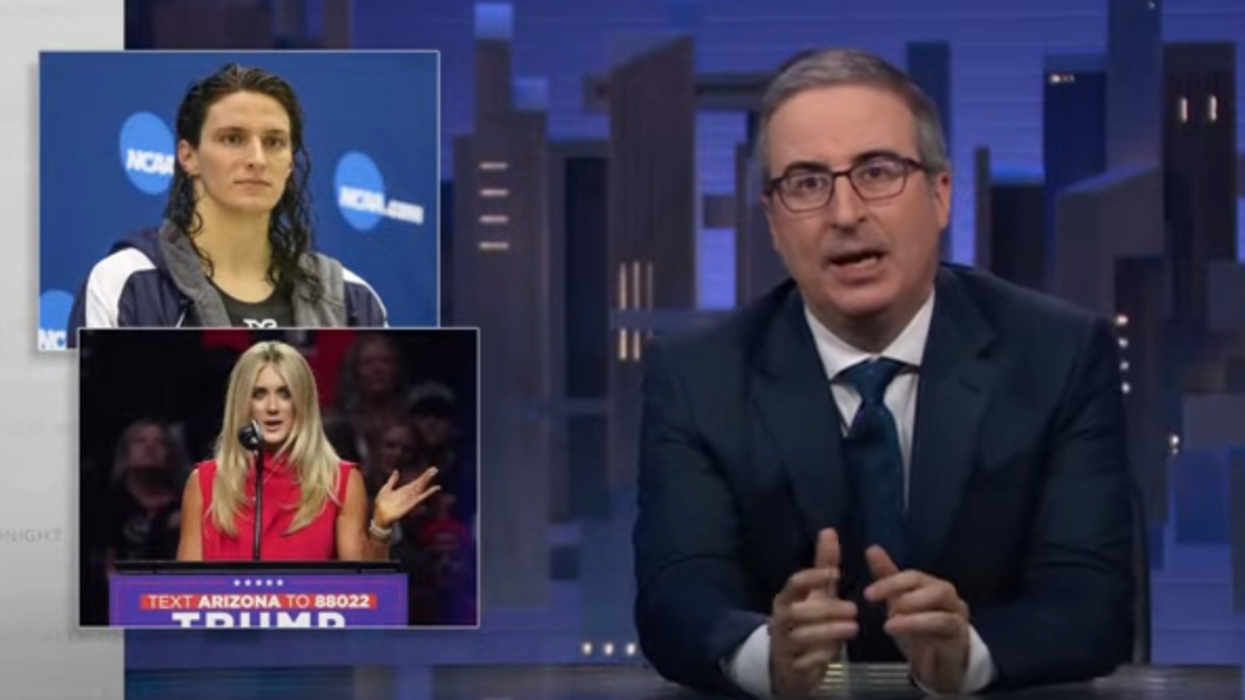


 @vivllanous/Threads
@vivllanous/Threads
 @madonna/Instagram
@madonna/Instagram @madonna/Instagram
@madonna/Instagram @madonna/Instagram
@madonna/Instagram @madonna/Instagram
@madonna/Instagram @madonna/Instagram
@madonna/Instagram @madonna/Instagram
@madonna/Instagram @madonna/Instagram
@madonna/Instagram @madonna/Instagram
@madonna/Instagram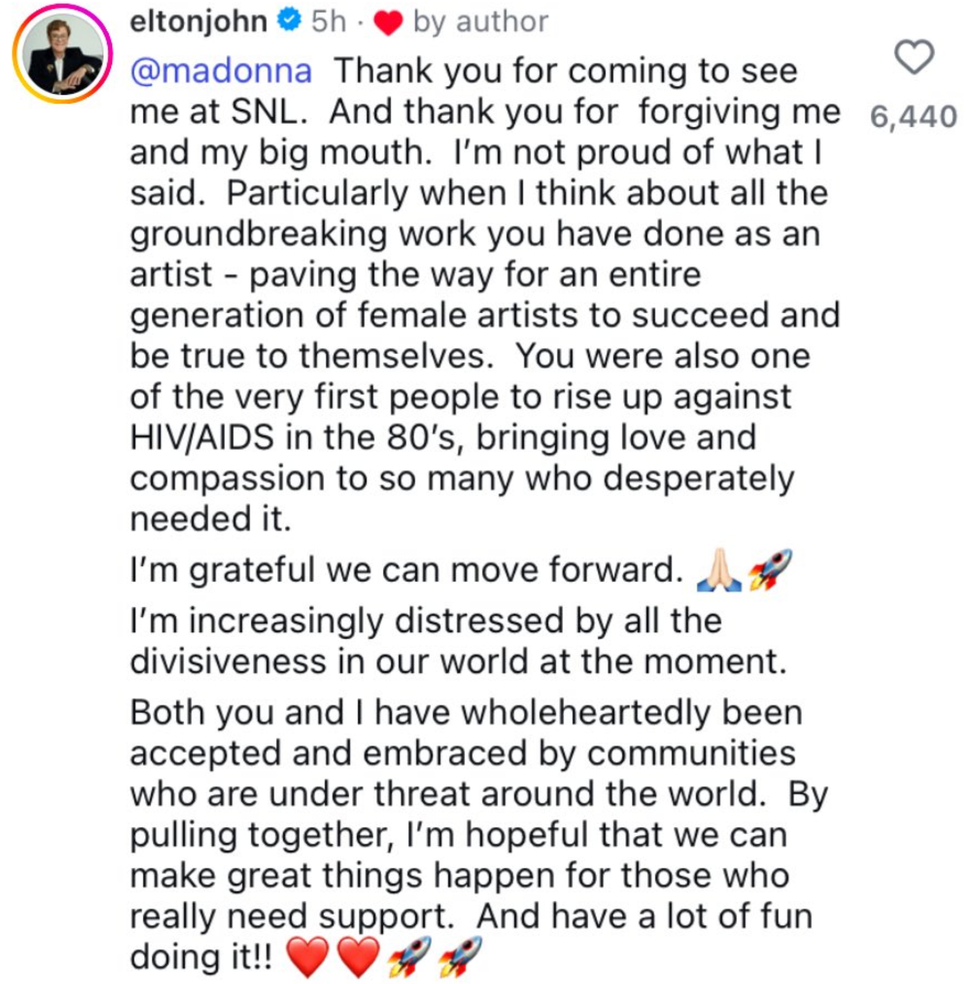 @madonna/Instagram
@madonna/Instagram

 @georgetakei/Bluesky
@georgetakei/Bluesky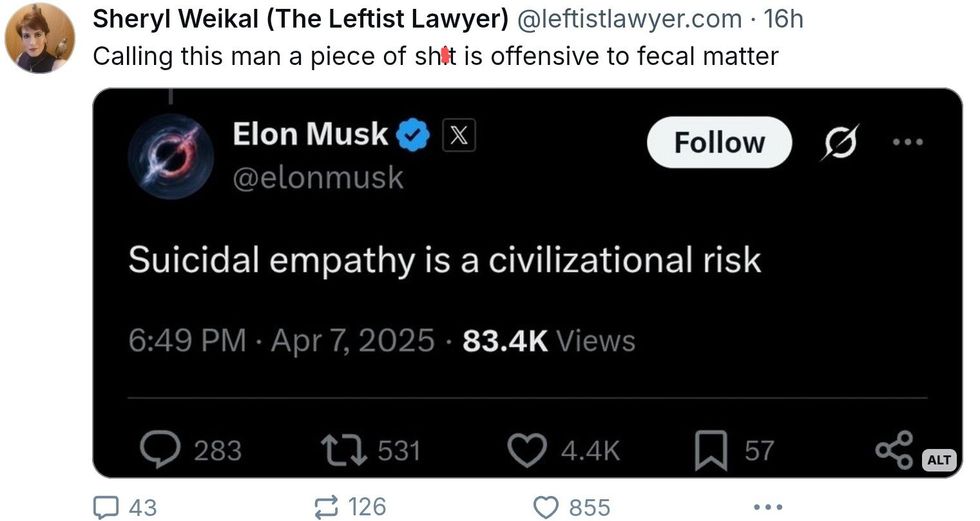 @leftistlawyer/Bluesky
@leftistlawyer/Bluesky @joulesbyrne/Bluesky
@joulesbyrne/Bluesky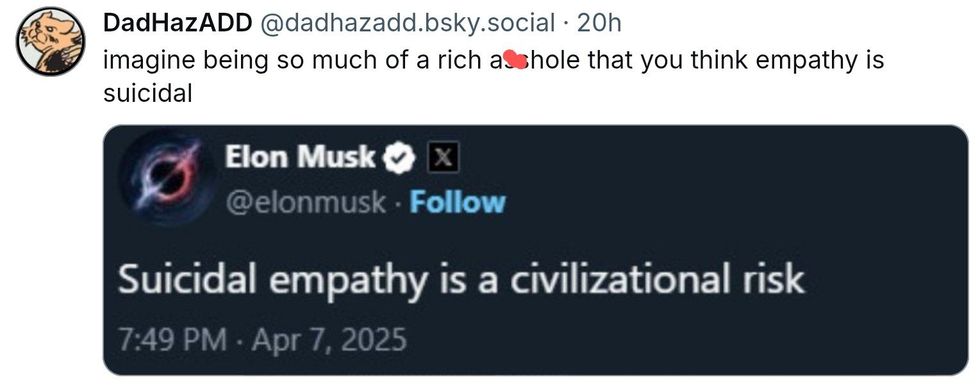 @dadhazadd/Bluesky
@dadhazadd/Bluesky @trance/Bluesky
@trance/Bluesky  @beachnic/Bluesky
@beachnic/Bluesky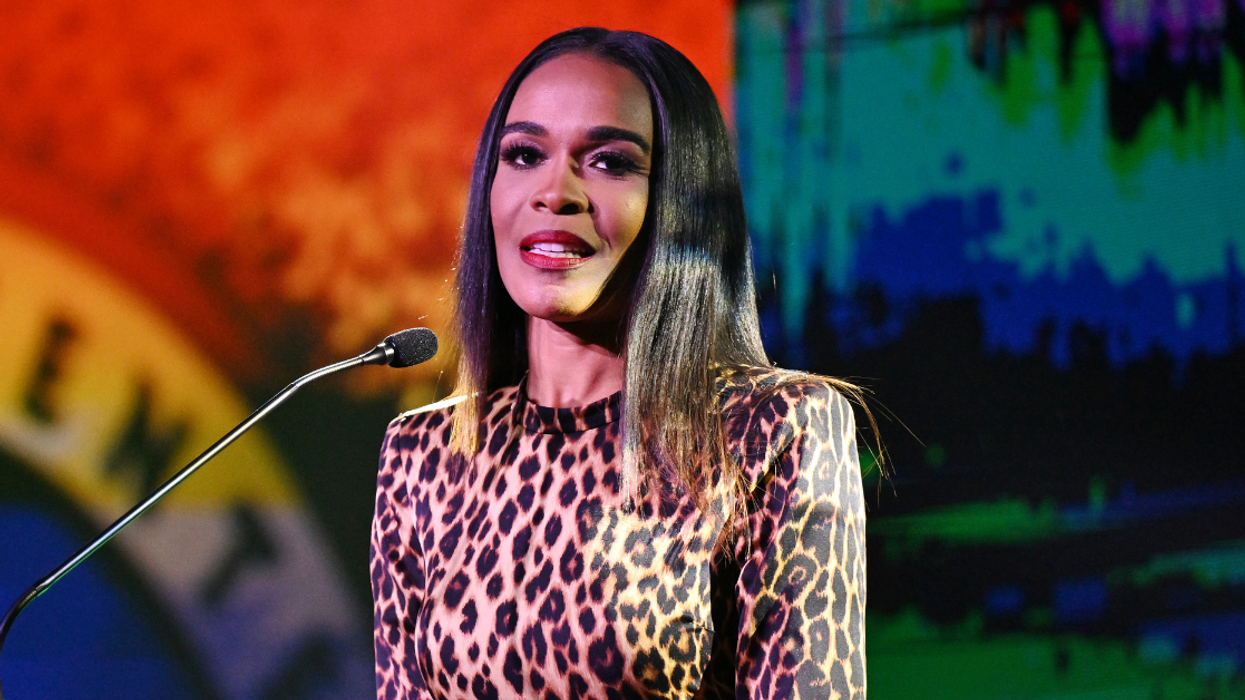
 @michellewilliams/Instagram
@michellewilliams/Instagram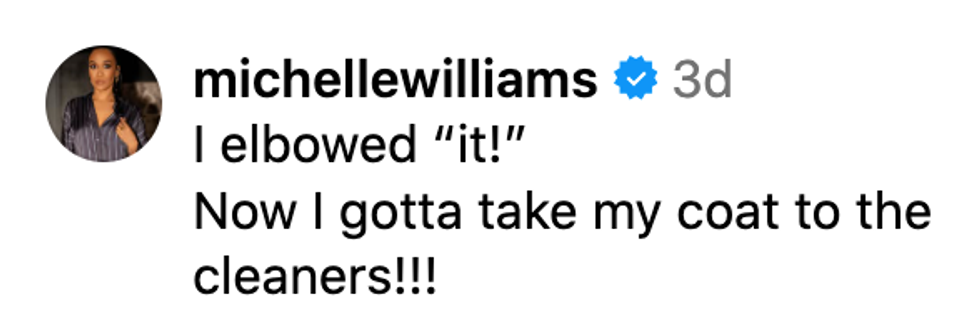 @michelleiwlliams/Instagram
@michelleiwlliams/Instagram @rileyknoxx/Instagram
@rileyknoxx/Instagram @missaries321/Instagram
@missaries321/Instagram @mstinaknowles/Instagram
@mstinaknowles/Instagram @phinekafriend/Instagram
@phinekafriend/Instagram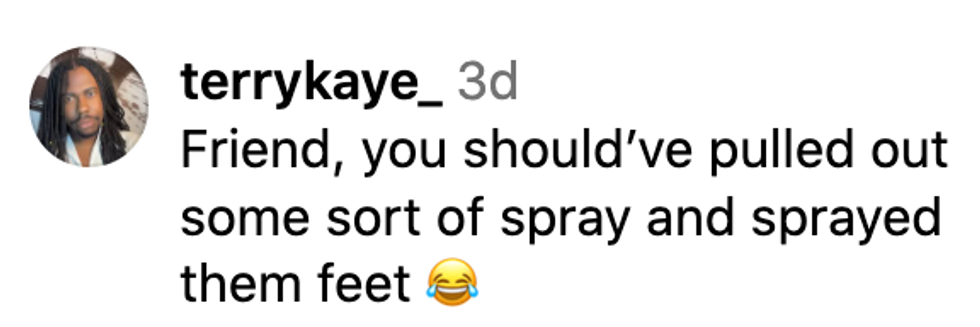 @terrykaye_/Instagram
@terrykaye_/Instagram @mdltrealtor/Instagram
@mdltrealtor/Instagram @corrinecold/Instagram
@corrinecold/Instagram @iamavanetergray/Instagram
@iamavanetergray/Instagram @parkersiders/Instagram
@parkersiders/Instagram @beyxkelly/Instagram
@beyxkelly/Instagram @joelmchale/Instagram
@joelmchale/Instagram @thehouseofk9s/Instagram
@thehouseofk9s/Instagram @kfarley519/Instagram
@kfarley519/Instagram @_dw06/Instagram
@_dw06/Instagram @xoxoblessedupxoxo/Instagram
@xoxoblessedupxoxo/Instagram